Home>Garden Essentials>What Is Internal Infill Angle
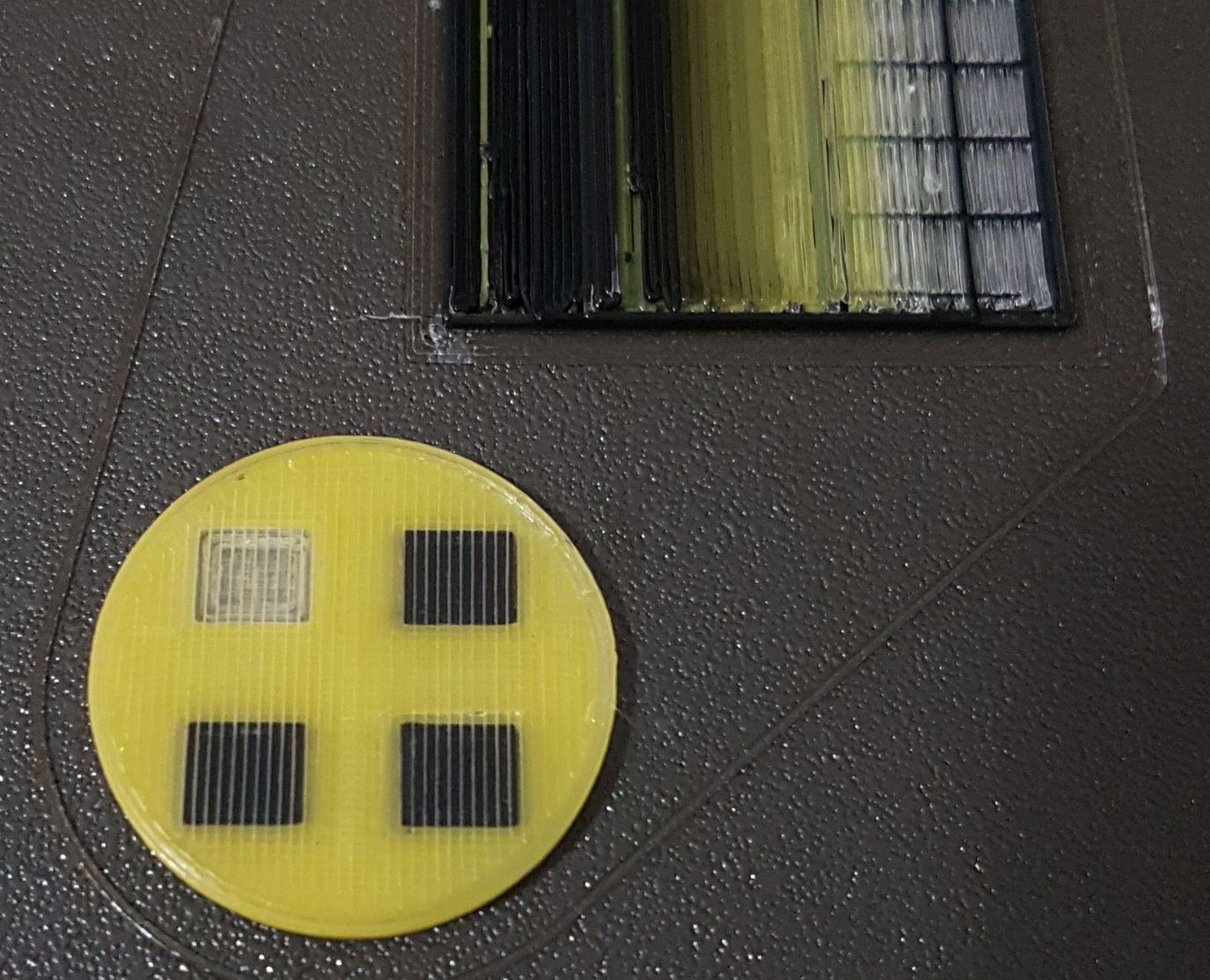

Garden Essentials
What Is Internal Infill Angle
Modified: March 7, 2024
Discover the importance of internal infill angles in your garden. Learn how to optimize your garden's design and maximize plant growth with proper infill angle techniques.
(Many of the links in this article redirect to a specific reviewed product. Your purchase of these products through affiliate links helps to generate commission for Storables.com, at no extra cost. Learn more)
Introduction
Welcome to the fascinating world of internal infill angles! These angles play a crucial role in various applications, particularly in the field of engineering and construction. Understanding the concept and significance of internal infill angles is essential for professionals and enthusiasts alike.
In simple terms, an internal infill angle refers to the angle formed between two adjoining surfaces or components within a structure. It represents the intersection of these surfaces and determines the overall stability, strength, and aesthetic appeal of the construction.
In this article, we will delve deeper into the definition, importance, factors affecting, measurement, and calculation of internal infill angles. We will also explore real-life examples of how these angles are utilized and examine the advantages and disadvantages associated with different types of internal infill angles.
Whether you are an architect, engineer, or simply someone with a keen interest in the world of construction, this article will provide valuable insights into the intricate world of internal infill angles. So, let’s dive in and unravel the mysteries of this crucial aspect of structural design!
Key Takeaways:
- Internal infill angles are crucial for stability and aesthetics in construction. They distribute weight, resist forces, and enhance visual appeal, impacting everything from buildings to furniture.
- Different angle types have unique advantages and drawbacks. Acute angles offer stability and elegance, obtuse angles provide space and flexibility, and right angles offer simplicity and order.
Read more: What Is A Internal Lan Adapter
Definition of Internal Infill Angle
The internal infill angle refers to the angle formed between two adjacent surfaces or components within a structure. It is the intersection of these surfaces where they meet, and it plays a vital role in providing structural stability, strength, and overall integrity to the construction.
Internal infill angles can be found in various types of structures, including buildings, bridges, and even mechanical components. They can occur between walls, beams, columns, or any other elements that intersect or connect within a construction project.
These angles are crucial because they determine the load-bearing capacity and overall performance of the structure. The proper design and calculation of internal infill angles ensure that the construction can withstand external forces, such as wind, seismic activity, or the weight of the structure itself.
Internal infill angles are also vital from an aesthetic perspective. They can enhance the visual appeal of a structure, providing architectural interest and defining the overall design style.
It’s important to note that internal infill angles can vary in their measurements and configurations. They can be acute, obtuse, or right angles, depending on the design requirements and the nature of the intersecting elements.
Now that we have a clear understanding of what internal infill angles are, let’s explore their significance in various applications and contexts.
Importance of Internal Infill Angle in Various Applications
The internal infill angle holds significant importance in a wide range of applications, particularly in the fields of engineering, construction, and design. Let’s explore some of the key reasons why these angles are crucial:
Structural Stability:
The internal infill angle is a critical factor in determining the stability and strength of a structure. By properly designing and calculating these angles, engineers can ensure that the load-bearing capacity of the construction meets the necessary safety standards. This is especially crucial in high-rise buildings, bridges, and other structures subject to dynamic loads and external forces.
Weight Distribution:
The internal infill angle helps in distributing the weight and load across different components of a structure. By optimizing these angles, engineers can ensure that the weight is evenly distributed, minimizing the risk of structural imbalances and potential failures.
Read more: What Is An Infill Speed
Aesthetic Appeal:
Internal infill angles also play a vital role in enhancing the visual aesthetics of a structure. They contribute to the architectural interest and define the overall design style. Creative and well-designed infill angles can transform a building from a mere functional structure into a visually appealing and captivating work of art.
Space Utilization:
Efficient utilization of space is a crucial aspect of any construction project. Internal infill angles can help maximize usable floor area by optimizing the intersection of different elements. By carefully designing these angles, architects can create innovative and functional spaces within a structure.
Manufacturing and Assembly:
In manufacturing and mechanical engineering, internal infill angles are essential for the assembly and fabrication of components. Properly designed angles ensure the seamless integration and alignment of different parts, maximizing efficiency and reducing the risk of errors in the manufacturing process.
Seismic Resilience:
In regions prone to seismic activity, the internal infill angles become even more crucial. By designing and calculating these angles with seismic resilience in mind, engineers can enhance the structure’s ability to withstand and safely dissipate seismic forces, safeguarding occupants and minimizing damage.
These are just a few examples of the importance of internal infill angles in various applications. The precise significance may vary depending on the specific requirements and context of a project.
Now that we understand the importance of these angles, let’s explore the factors that can affect the measurement and calculation of internal infill angles.
Read more: What Is An Infill
Factors Affecting Internal Infill Angle
The measurement and calculation of internal infill angles are influenced by a variety of factors that need to be considered during the design and construction process. Let’s explore the key factors that can affect these angles:
Design Requirements:
The design requirements of a structure play a crucial role in determining the internal infill angles. These requirements include factors such as load-bearing capacity, aesthetic considerations, functionality, and the overall architectural style. Different design constraints may dictate the specific angles and configurations needed to achieve the desired outcome.
Material Properties:
The properties of the materials used in the construction can impact the internal infill angles. Different materials have varying strengths, elasticity, and adaptability, which can affect how the components intersect and the angles at which they can be joined. Engineers must consider the material properties to ensure the stability and longevity of the structure.
Structural Integrity:
The overall structural integrity of a building or structure is a critical consideration when determining internal infill angles. The angles must be calculated in a way that maintains the structural stability and prevents any potential weaknesses or vulnerabilities. In some cases, additional reinforcements may be necessary to ensure the integrity of the angles under different loads and external forces.
Read more: What Is Infill Construction
Construction Techniques:
The construction techniques employed in the project can also impact the internal infill angles. Different construction methods may have specific requirements and limitations in terms of how components can be joined and intersected. The chosen construction technique must be compatible with the desired angles and should allow for accurate and reliable measurement and assembly.
Environmental Factors:
The environment in which the structure is located can influence the internal infill angles. Factors such as temperature fluctuations, moisture levels, and exposure to natural elements can affect the expansion, contraction, and overall behavior of the components. Engineers must account for these environmental factors to ensure that the angles remain stable and intact over time.
Building Codes and Regulations:
Local building codes and regulations play a crucial role in determining the permissible angles and design requirements. These codes are designed to ensure the safety, accessibility, and functionality of the structure. Architects and engineers must adhere to these regulations to ensure that the internal infill angles meet the necessary standards and guidelines.
By considering these factors and incorporating them into the design and construction process, professionals can accurately measure and calculate the internal infill angles, ensuring a stable, durable, and aesthetically pleasing structure.
Now that we understand the factors influencing these angles, let’s explore how they are measured and calculated.
Measurement and Calculation of Internal Infill Angle
The measurement and calculation of internal infill angles play a crucial role in ensuring the structural integrity and stability of a construction project. Accurate determination of these angles enables engineers and architects to make informed design decisions and create a safe and reliable structure. Let’s explore how these angles are measured and calculated:
Read more: What Is Infill Sewerage
Measuring Tools:
Several tools can be used to measure internal infill angles, depending on the complexity and scale of the project. Common tools include angle measuring devices such as protractors, digital angle finders, and laser levels. In more advanced cases, laser scanning technology or specialized software may be employed to obtain precise measurements.
Establishing Reference Points:
Prior to measuring the internal infill angles, it is necessary to establish reference points. These points serve as a baseline for accurate measurements. They can be identified using laser alignment, surveying equipment, or strategically placed markers, depending on the project requirements.
Direct Measurement:
In simpler cases, where the internal infill angles are easily accessible, direct measurement can be performed. This involves physically placing the measuring tool against the intersecting components and reading the angle directly from the device. Care must be taken to ensure that the tool is correctly aligned and positioned for accurate measurement.
Indirect Calculation:
In situations where direct measurement is not feasible or practical, indirect calculation methods can be employed. This typically involves using trigonometry or mathematical algorithms to calculate the internal infill angles based on known measurements of other angles or dimensions within the structure.
Read more: What Is Infill Overlap
Computer-Aided Design (CAD) Software:
In modern construction practices, CAD software is commonly used to assist in the measurement and calculation of internal infill angles. These software programs facilitate accurate modeling and simulation of the structure, allowing designers to visualize and analyze the angles from multiple perspectives. CAD software also enables real-time adjustments and modifications, optimizing the angles for the desired outcome.
Verification and Iteration:
Once the measurement or calculation is completed, it is important to verify the accuracy of the obtained values. This can be done by cross-referencing with other measurements or using multiple methods to ensure consistency. In complex projects, iterative processes may be required to refine the angles and achieve the desired design goals.
By carefully measuring and calculating the internal infill angles, practitioners can design structures that meet the necessary standards for stability, strength, and aesthetic appeal. These accurately determined angles ensure the optimal performance and durability of the construction project.
Now that we have explored the measurement and calculation aspect, let’s delve into real-life examples of how internal infill angles are utilized.
Examples of Internal Infill Angle in Real-life Scenarios
The concept of internal infill angles finds its practical application in numerous real-life scenarios, across a wide range of industries and structures. Let’s explore some examples of how internal infill angles are utilized:
Architecture:
In architectural design, internal infill angles are integral to creating visually striking and structurally sound buildings. For example, in modern skyscrapers, the angles formed between the floors and exterior walls contribute to the overall stability of the structure, while also adding an aesthetic element. Similarly, in traditional architecture, the angles formed between columns and beams can enhance the style and character of the building.
Read more: What Is A Rubber Infill
Bridge Construction:
In bridge construction, internal infill angles are essential for ensuring the strength and stability of the bridge components. The angles formed between the bridge piers and the supporting beams play a crucial role in distributing the load and resisting external forces, such as strong winds or seismic activity. Properly designed and calculated angles help prevent stress concentrations and ensure the longevity of the bridge.
Furniture Design:
Internal infill angles are utilized in furniture design to improve the structural integrity and aesthetics of the pieces. For instance, the angles formed between the legs and the tabletop in a dining table or a chair contribute to its overall stability and balance. These angles can be carefully designed to enhance the visual appeal of the furniture and create a sense of elegance and sophistication.
Aerospace Engineering:
Internal infill angles play a significant role in aerospace engineering, particularly in the design and assembly of aircraft components. The angles formed between different parts, such as wings and fuselage, must be precisely calculated to ensure proper aerodynamics, weight distribution, and structural stability. A slight deviation in the internal infill angles can have a substantial impact on the aircraft’s performance and safety.
Mechanical Engineering:
In mechanical engineering, internal infill angles are critical for the assembly and fabrication of various components, such as machine parts or mechanical systems. The angles formed between gears, shafts, and other interconnected elements must be carefully designed and measured to ensure smooth operation, efficient power transmission, and minimal wear and tear.
These are just a few examples of how internal infill angles are utilized in real-life scenarios. From architectural masterpieces to innovative engineering solutions, these angles play a vital role in creating structures and systems that are both functional and visually appealing.
Now that we understand the practical applications of internal infill angles, let’s examine the advantages and disadvantages associated with different types of internal infill angles.
Advantages and Disadvantages of Different Internal Infill Angles
When considering internal infill angles in construction and design, it is important to understand the advantages and disadvantages associated with different types of angles. Let’s explore some of the key benefits and drawbacks:
Acute Angles:
Advantages:
- Acute angles generally allow for a more streamlined and aesthetically pleasing design, particularly in modern architecture.
- They can provide increased stability and load-bearing capacity, as the forces are distributed along a smaller angle span.
- Acute angles can offer better resistance against lateral forces such as wind, making them suitable for structures located in areas prone to strong gusts.
Disadvantages:
- Acute angles may require more precision in calculation and construction, as small deviations can have a significant impact on structural stability.
- In some cases, acute angles can create space restrictions or challenges for the installation of components or maintenance access.
- The design and fabrication of acute angles may require additional expertise, resulting in potentially higher construction costs.
Obtuse Angles:
Advantages:
- Obtuse angles can provide more space and flexibility for the installation of components or functional elements.
- They may allow for easier accessibility and maintenance of the structure, as the wider angle provides more room for maneuvering.
- Obtuse angles can be particularly beneficial in certain architectural styles that require a more open and expansive design.
Disadvantages:
- Obtuse angles may reduce the load-bearing capacity of the structure, as the forces are distributed across a broader angle span.
- They can be more susceptible to lateral forces such as wind, requiring additional reinforcement to ensure stability.
- The visual impact of obtuse angles may not be as striking or visually dynamic compared to acute angles, depending on the design intent.
Right Angles:
Advantages:
- Right angles are known for their stability and ease of construction, making them a popular choice in traditional and conventional architectural design.
- They provide a clear and defined visual aesthetic, offering a sense of structure and order.
- Right angles can simplify the construction process, reducing the potential for errors or inaccuracies.
Disadvantages:
- Right angles can sometimes lead to stress concentrations at the corners, requiring additional reinforcement to maintain structural integrity.
- They may not be suitable for designs that require a more fluid and organic visual expression.
- In seismic-prone regions, right angles may need careful consideration to ensure the structure’s resilience against earthquakes.
It’s important to note that the advantages and disadvantages mentioned above are general observations. The specific context, application, and design intent may influence the significance and relevance of each angle type.
Now that we have explored the advantages and disadvantages, let’s conclude our journey into the world of internal infill angles.
Read more: What Is Gradual Infill
Conclusion
Internal infill angles play a crucial role in the design, construction, and stability of various structures. From buildings to bridges, furniture to aerospace components, these angles are integral to ensuring structural integrity, aesthetic appeal, and functional performance.
We have explored the definition of internal infill angles, their importance in various applications, factors influencing their measurement and calculation, real-life examples of their utilization, and the advantages and disadvantages associated with different angle types.
Understanding and properly designing internal infill angles is essential for architects, engineers, and construction professionals. Accurate measurement and calculation of these angles ensure optimum load distribution, weight balance, and stability in a structure. Furthermore, they contribute to the visual appeal and overall architectural expression of a building or design.
Whether it’s the acute angles adding elegance to a modern skyscraper, obtuse angles allowing for functional space in furniture, or the timeless stability of right angles, each angle type offers unique benefits and considerations.
By carefully considering design requirements, material properties, structural integrity, construction techniques, environmental factors, and adhering to building codes and regulations, professionals can accurately determine and optimize internal infill angles for their specific project’s needs.
As technology advances, computer-aided design software and advanced measurement tools aid in the precise modeling, simulation, and calculation of internal infill angles, further enhancing the efficiency and accuracy of design processes.
In conclusion, internal infill angles are not just mathematical concepts; they are the hidden forces behind stable structures, striking architectures, and functional designs. By harnessing their power, professionals can create spaces that inspire, endure, and withstand the test of time.
So, whether you are a designer, engineer, or simply an enthusiast marveling at the complexities of construction, understanding internal infill angles will deepen your appreciation for the intricate beauty and engineering marvels that surround us.
Now, armed with this knowledge, go forth and envision structures that are as visually captivating as they are structurally resilient!
Frequently Asked Questions about What Is Internal Infill Angle
Was this page helpful?
At Storables.com, we guarantee accurate and reliable information. Our content, validated by Expert Board Contributors, is crafted following stringent Editorial Policies. We're committed to providing you with well-researched, expert-backed insights for all your informational needs.

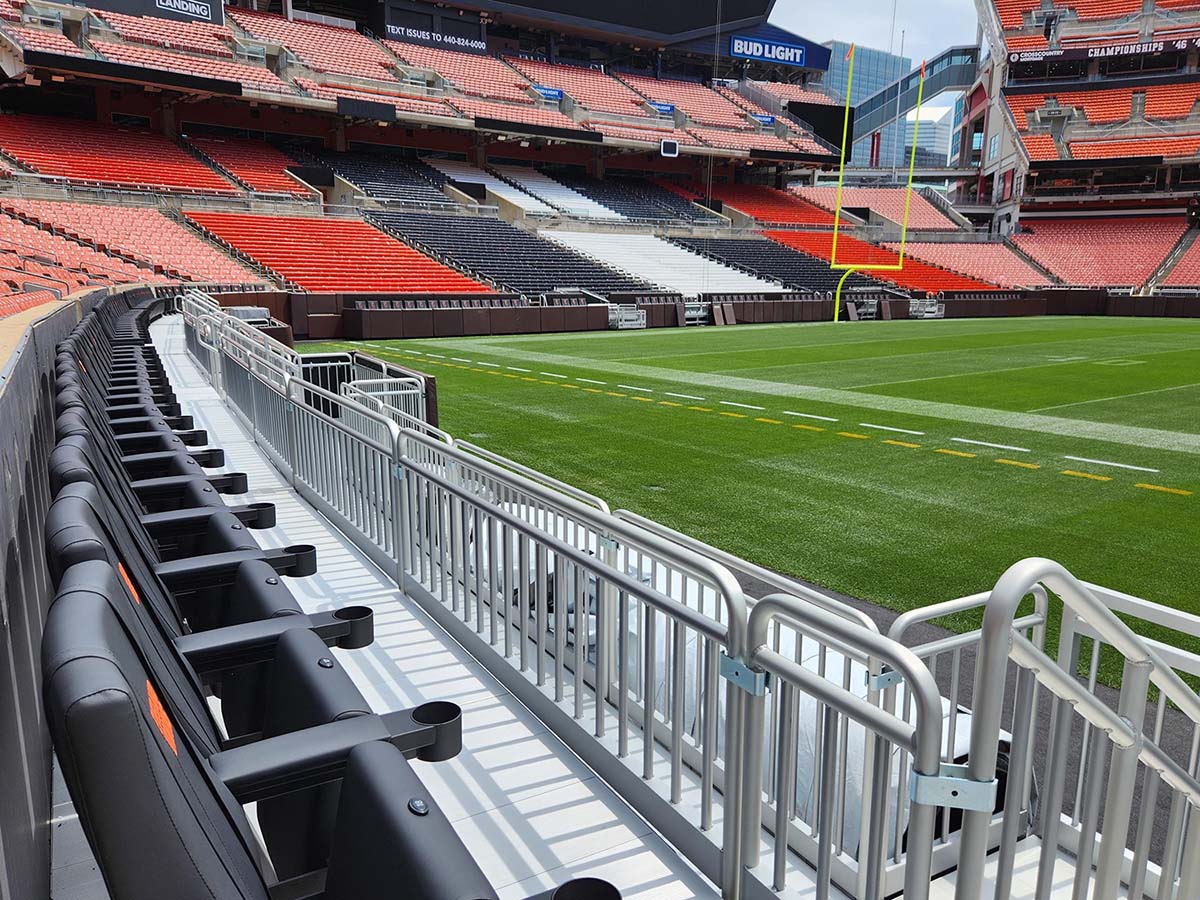
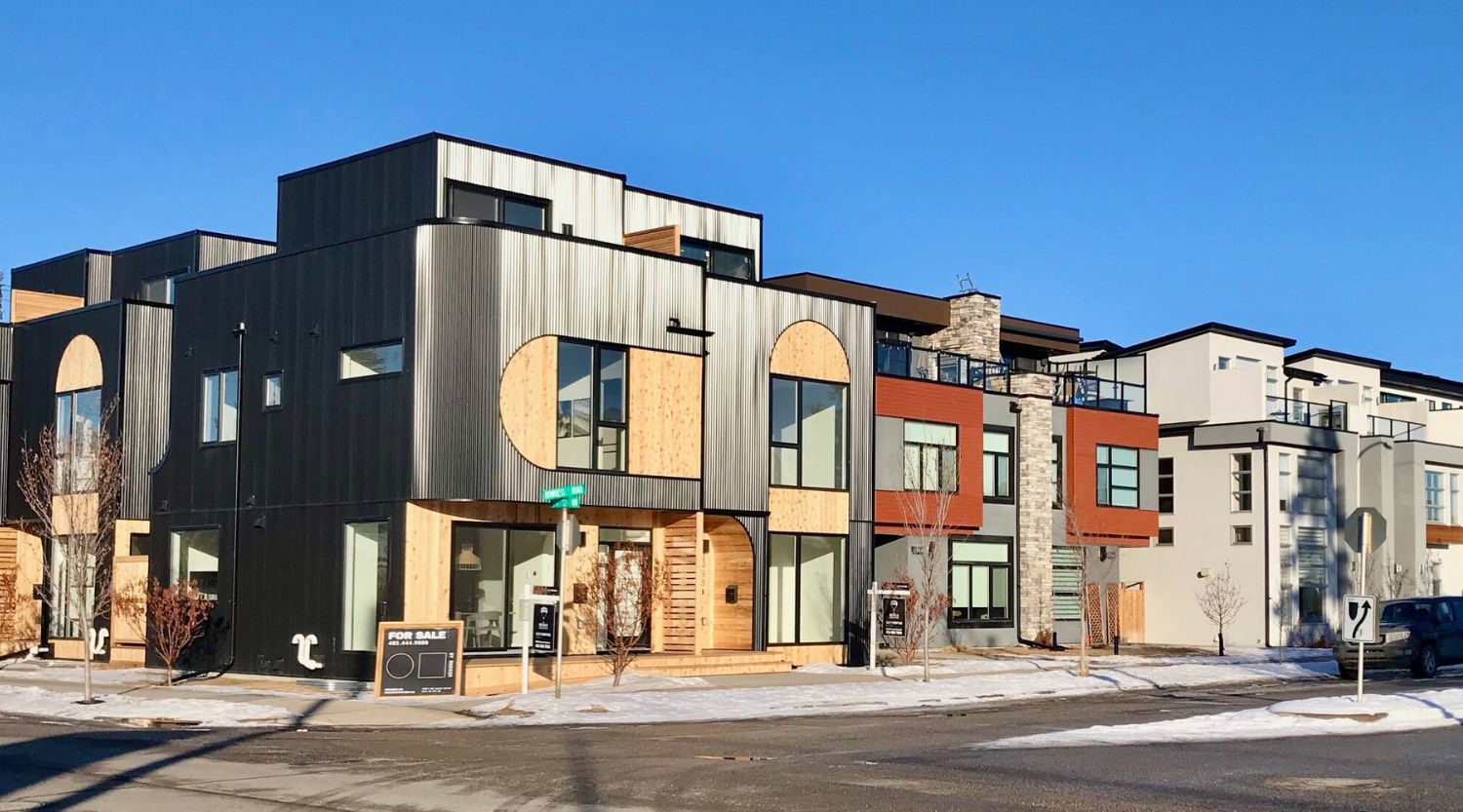
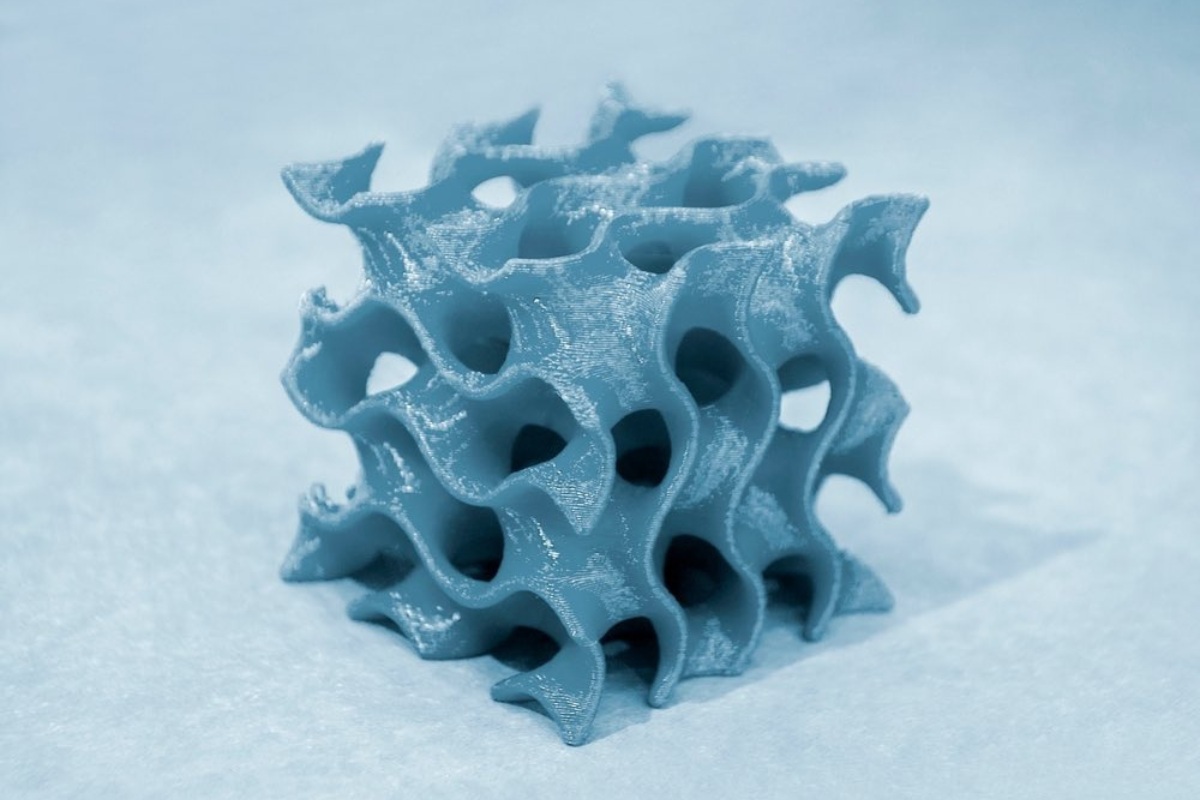
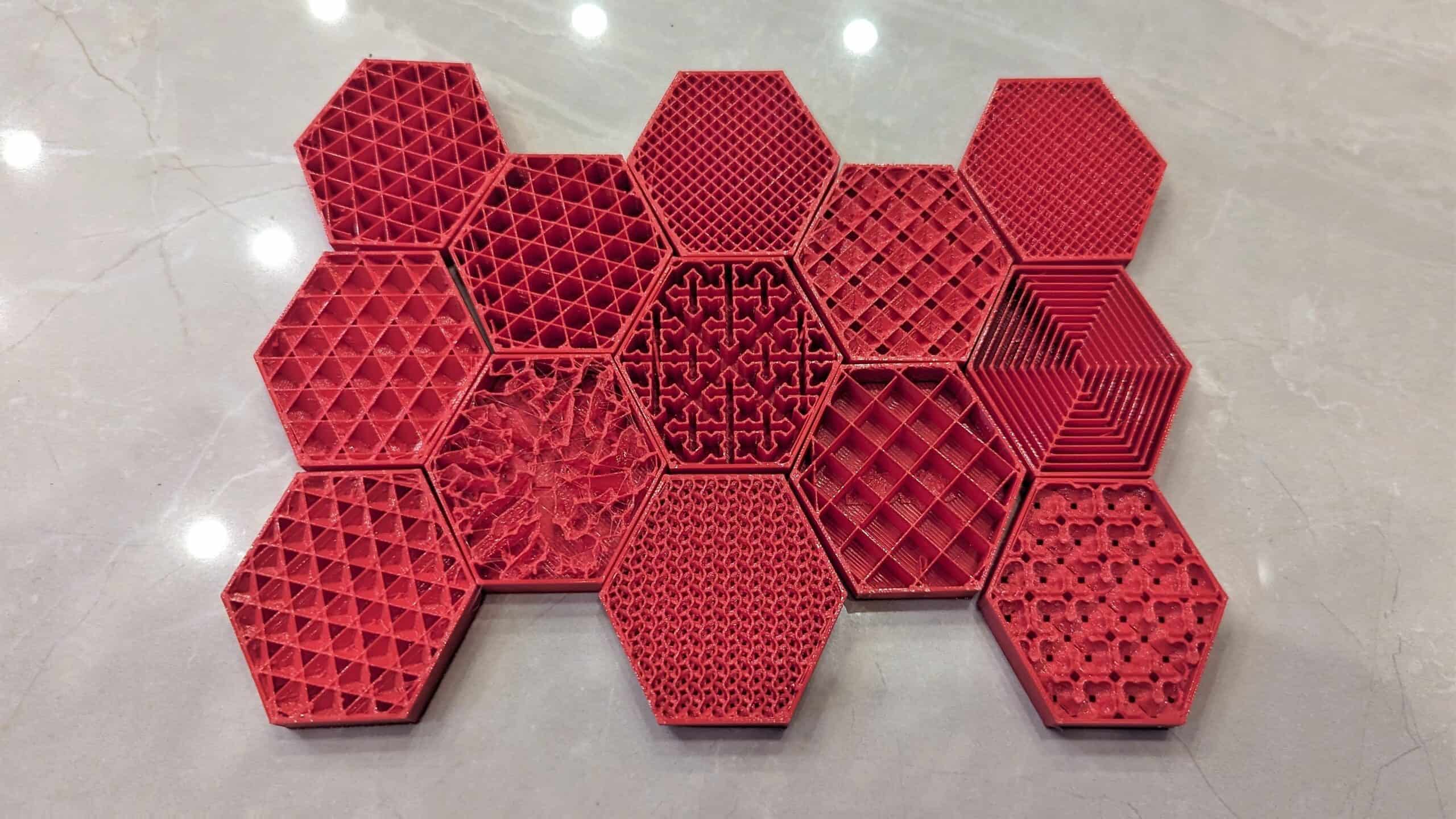



0 thoughts on “What Is Internal Infill Angle”